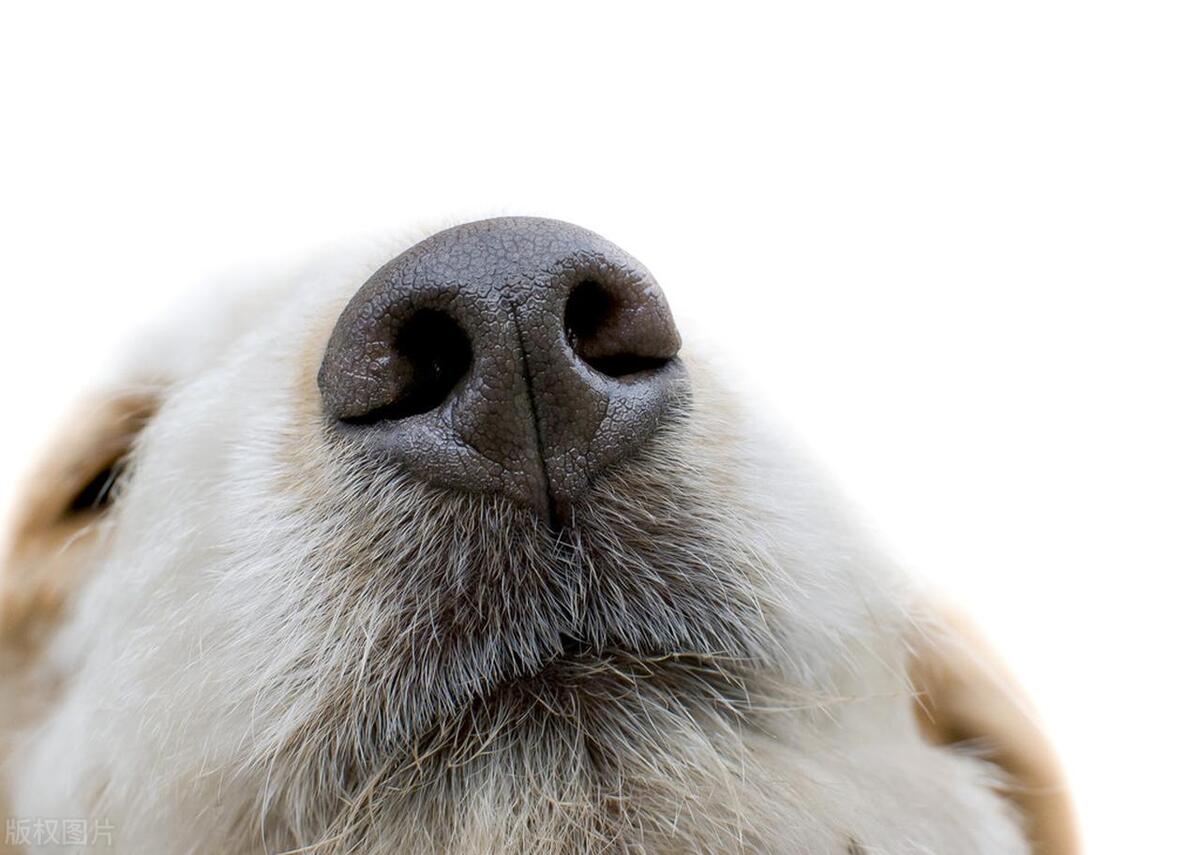6 Key Signs of a Healthy Dog – How Many Does Your Furry Friend Have?
What Do You Read When It Touches You With Its Nose?

At 7 a.m. sharp, your furry friend is already by your bedside, leash in mouth. As you rub the sleep from your eyes, you catch a glimpse of its moist, glistening nose—and suddenly it hits you: this little being, who shares your morning breadcrumbs and evening sunsets, is silently revealing the secret code to its health. Those behaviors we once dismissed as “mischievous antics” may actually be the truest declaration of a dog’s well-being.
Vitality as the Barometer of Life
The way its fur flies like liquid golden silk while running, or how its body arcs perfectly in midair chasing a frisbee, is not just a playful scene—it’s a genetic signature of robust health. For puppies, being active for more than four hours a day, and for adult dogs, willingly exercising for over two hours, signal that their metabolism, musculoskeletal system, and cardio-pulmonary functions are all in top form.

When Silence Speaks Volumes
Veterinarians often urge owners to watch for “sudden quiet” in a once-vivacious dog. If your energetic companion has spent three consecutive days curled up in a corner, it might not be a change in personality at all—it could be an early sign of joint pain or heart trouble. Just as athletes are assessed by their performance, a dog’s level of liveliness is the most straightforward gauge of its health.
The Secret Garden Beneath the Fur

Running your fingertips over its satin-smooth back isn’t just a gesture of warmth; you’re also feeling a finely tuned ecosystem. Healthy skin should display a gentle blush of cherry blossom pink, with hair roots emitting a fresh, grassy aroma. Spotting suddenly greasy, matted fur could be a red flag for thyroid imbalance, while small flakes hidden behind the ears might hint at digestive issues affecting its gut flora. In fact, the shine of your dog’s coat is directly linked to its nutrient absorption—much like how well-cared-for silk needs just the right temperature and humidity. Research from professional institutions shows that feeding dogs a diet rich in Omega-3 fatty acids can boost coat brightness by up to 40% within three months. And those pups who incessantly chew on their paws? They might be expressing raw discomfort from itchy skin.
Decoding Health One Bite at a Time

While it’s heartwarming to see your dog devour its meal with gusto, real dietary wisdom is found in the details. The ideal eating pace should resemble a spring brook—rushing with energy (finishing a meal within 10 minutes) yet maintaining a steady rhythm (without choking or vomiting). If you notice suspicious, rice-like eggs near the food bowl or undigested kibble in the stool, it’s a sign that the digestive system is sending out an SOS. Seasoned trainers liken a dog’s consistent appetite to a finely calibrated scale. A sudden binge might be a precursor to diabetes, while three consecutive days of reduced appetite often signal a more serious health crisis than mere finickiness. Even the leftovers we casually ignore might be silently rewriting your pet’s metabolic story.
The Body’s Built-In Health Dashboard
Every dog comes equipped with its own health dashboard. A slight cough at 3 a.m., changes in breathing during an afternoon nap, or even a shift in paw-pad temperature during a walk—all these subtle signals form a unique system for monitoring canine health. When its nose shifts from the “dew-like moisture” of morning to the “dryness of a desert at noon,” it may mean that a body temperature of 38.5℃ has crept into dangerous territory. What might be dismissed as “old dog sluggishness” could actually be an early warning sign of hip dysplasia. Medical devices show that a healthy dog’s heartbeat should elegantly dance between 60 and 140 beats per minute according to its activity level. Any disruption in this rhythm is like a pianist striking the wrong chord—prompting the owner to hit pause and intervene.
A Love Letter Written on a Wagging Tail

As the sunset casts its final glow across the floor, your pet rolls over, letting out a contented purr. Those so-called “minor issues”—a bit of discharge at the eye corner, slight changes in water consumption, or a momentary hesitation during elimination—are all part of the authentic story of its health. Lean down and gently touch that damp nose; you’re not just feeling warmth but engaging in a profound, cross-species conversation. When we learn to interpret the language of our dogs’ well-being, every morning romp becomes a heartfelt promise of enduring health. In its own unique way, your furry friend is saying, “Thank you for helping me stay healthy so I can love you even longer.”





